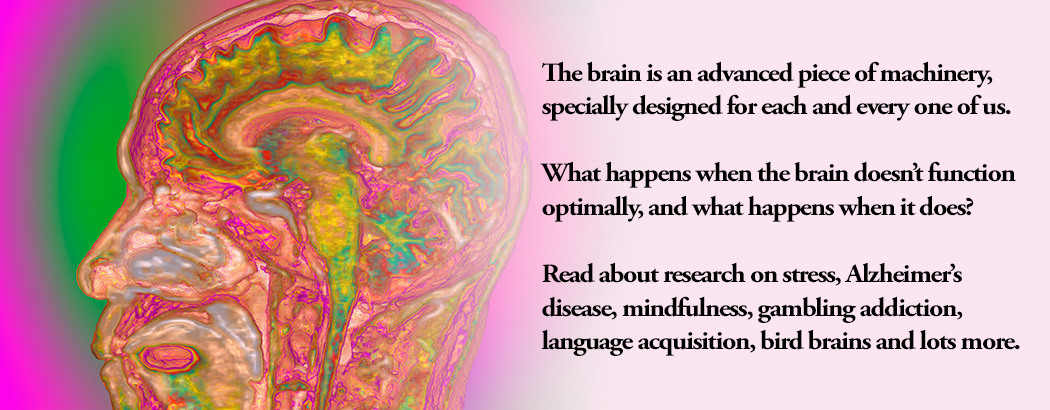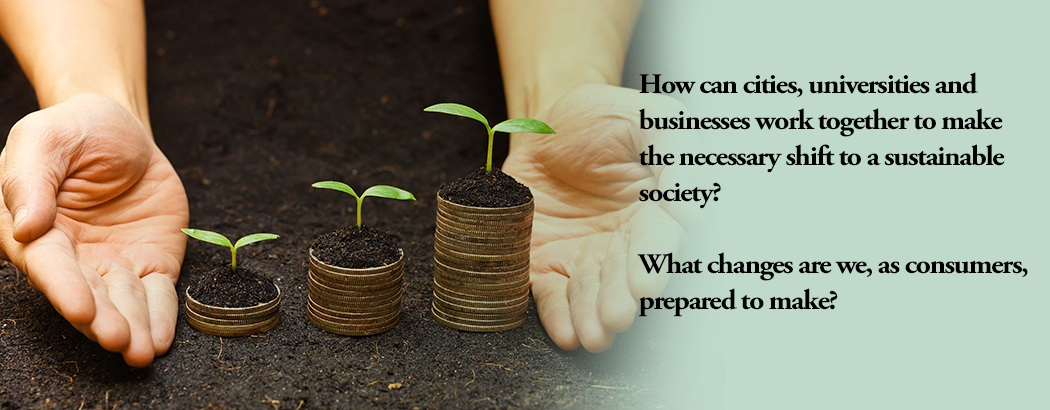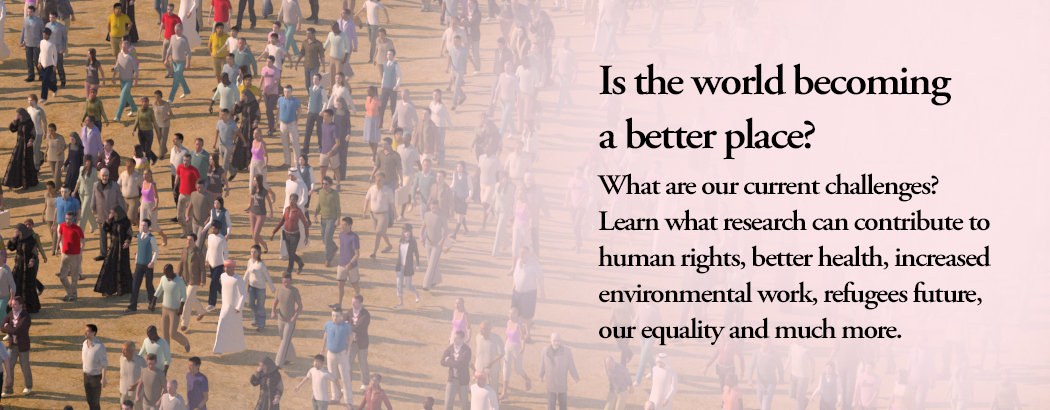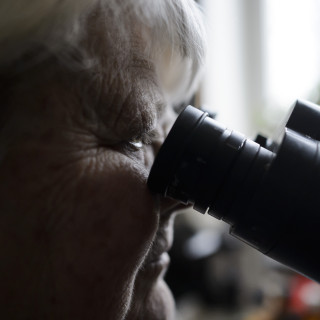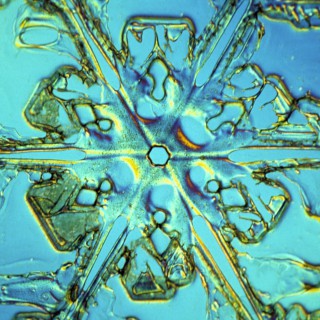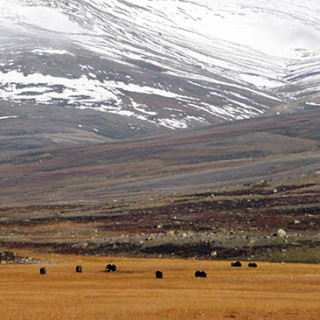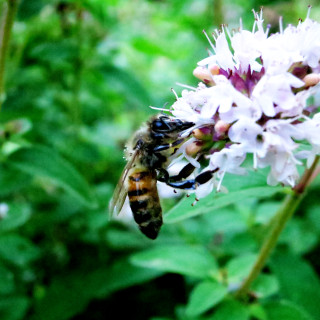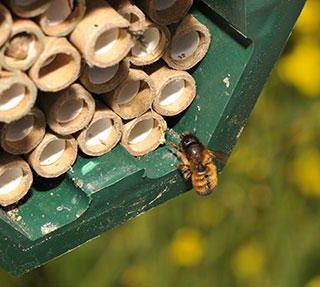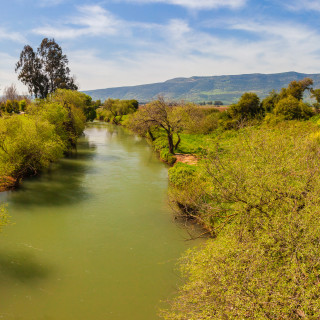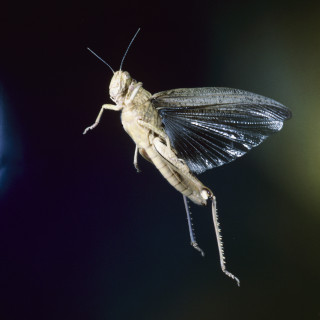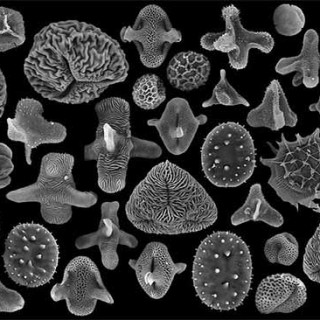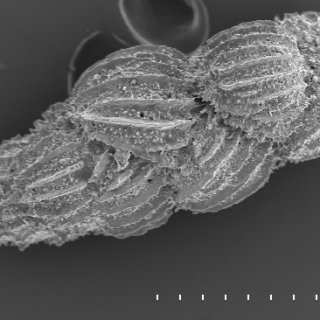Category: Environment & nature
All animals move to look for food or to avoid different threats, and each individual must make its own choices: shall I stay, flee or move on? Large animals are fitted with transmitters so that researchers can follow their every move. But how can we study animals that are so...
Through the eyes of different animals, the world does not look the same. How we perceive the world around us, is a consequence of the physiology of our eyes. Many birds can see a greater number of colors than humans do and can also see the ultraviolet light that is...
Opinion by Margareta Johansson, Department of Physical Geography and Ecosystem Science 2014 The Arctic is where it’s happening. Rising temperatures there are double what they are in the rest of the world. The consequences of higher temperatures, shrinking glaciers and thawing permafrost* are of global interest, because what happens in...
Illuminated by the microscope, the green algae look like small floating jewels. In our lakes, they float as tiny plankton close to the surface and use the sunlight for photosynthesis. When algae with silicon shells die, they fall to the bottom, where their shells are stored for millennia. Gertrud Cronberg’s...
Snow, frost, water and ice – for many years researchers have studied the impact of climate change on the cryosphere, i.e. all the frozen water in the land and sea. So far, the average temperature in the Arctic has risen by over twice as much as in the rest of...
Grazing musk oxen are a characteristic feature of the Arctic tundra. Research has now shown that the animals’ grazing of Arctic wetlands helps to suppress the greenhouse effect. If these grazing animals were no longer present, this could have an impact on the future climate. A warmer climate has a...
We can make sure that bees’ basic needs are met – food, a nesting site and somewhere to overwinter. Bees like undisturbed environments. Leave some untidy areas around farms and in gardens. Leave tufts of grass or moss and old sticks. If you are a farmer, leave a few old...
A research project has, for the first time, investigated how a neonicotinoid pesticide, clothianidin, affects both honeybees and wild bees under field conditions in agricultural landscapes. The study shows that honeybees can cope with exposure to the pesticide, but that it has a strong negative impact on wild bees. Neonicotinoids...
The water situation in the Middle East is acute and neighbours who are in conflict with one another have to share scarce resources. Technical solutions play an important role in change, but need to be combined with political agreements. This is according to Karin Aggestam, who is leading a new...


